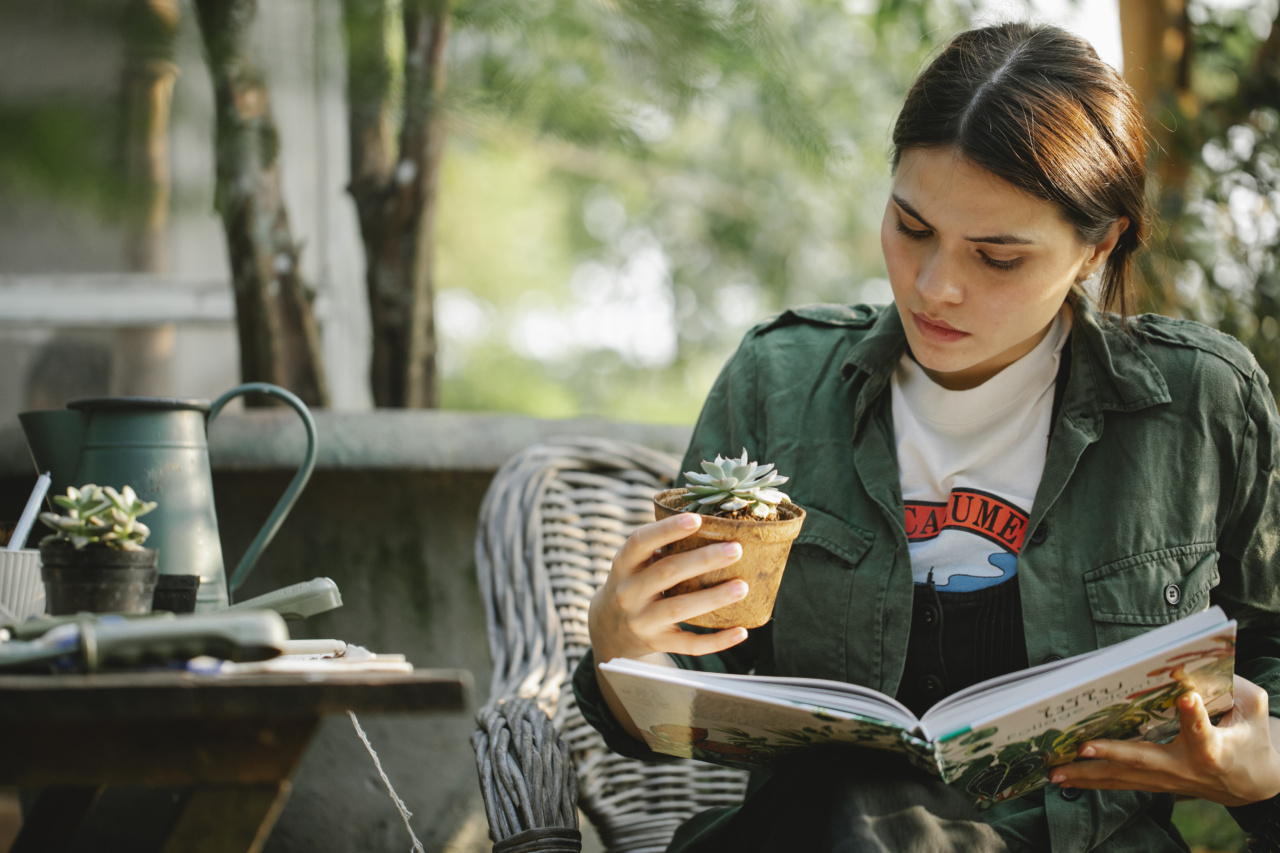Having a fearful puppy can be a challenging and heart-wrenching experience for any dog owner.
Watching your furry friend grow up scared can leave you feeling helpless, wanting to do everything in your power to help them overcome their fears and live a happy, confident life. In this article, we will explore the reasons why some puppies grow up scared, how their fear manifests, and what steps you can take to help your puppy become brave.
The Impact of Early Experiences
Just like humans, puppies are heavily influenced by their early experiences. Traumatic events, such as abandonment, abuse, or even a lack of socialization during a critical developmental period, can leave a lasting impact on a puppy’s behavior.
These negative experiences can shape their worldview and make them fearful or anxious in various situations.
It’s crucial to understand that fear in puppies is a natural instinct designed to protect them from potential dangers. However, this fear can become excessive and hinder their ability to lead a fulfilling life.
If left unaddressed, a scared puppy can grow into a fearful adult dog that struggles with everyday situations and may even display aggressive behavior out of fear.
Recognizing Fearful Behavior in Puppies
Puppies express their fear in a variety of ways, and as a pet owner, it’s essential to recognize these signs and respond appropriately. Here are some common behaviors exhibited by fearful puppies:.
1. Trembling or Shaking
A scared puppy may tremble or shake uncontrollably, indicating their fear and anxiety. This visible physical response is often a clear sign that they are feeling overwhelmed and unsure about a particular situation.
2. Cowering or Hiding
In an attempt to escape perceived threats, a scared puppy may cower or try to hide. They may seek shelter in confined spaces or under furniture, seeking comfort and security in their hiding spots.
3. Excessive Barking or Whining
Fear can manifest through excessive vocalization, as puppies try to communicate their discomfort. Continuous barking or whining when faced with unfamiliar people, animals, or environments is a common response for a scared puppy.
4. Avoidance or Flight
When confronted with situations that trigger fear, a puppy may exhibit avoidance behavior or attempt to flee. They may try to run away or pull on the leash, desperately trying to distance themselves from perceived threats.
5. Aggression
In extreme cases, fear can manifest as aggression. A scared puppy may display defensive behavior, growling, snapping, or biting as a way to protect themselves when they feel threatened or cornered.
Helping Your Puppy Overcome Fear
While it may seem overwhelming at first, there are several strategies you can employ to help your scared puppy become brave and confident:.
1. Create a Safe Environment
Provide your puppy with a safe space within your home where they feel protected and secure. This can be a crate, a designated area with their bed and toys, or even a cozy corner in a quiet room.
Make sure this area is always accessible and free from any potential stressors.
2. Positive Reinforcement
Use positive reinforcement techniques to encourage brave behavior. Reward your puppy whenever they display even the slightest signs of bravery or calmness in fearful situations.
Treats, verbal praise, and gentle petting can go a long way in building their confidence.
3. Gradual Exposure to Fearful Stimuli
Expose your puppy gradually to the things that trigger their fear, but in a controlled and positive manner. For example, if they are afraid of strangers, start by introducing them to a few trusted acquaintances.
Over time, gradually increase the number of people they interact with, providing positive experiences and rewards along the way.
4. Socialization and Training Classes
Enrolling your scared puppy in socialization and training classes can have a significant impact on their confidence levels.
These classes expose them to new experiences, people, and other animals in a structured and controlled environment, allowing them to learn and adapt at their own pace.
5. Seek Professional Help
If your puppy’s fear and anxiety persist despite your efforts, don’t hesitate to seek professional help from a certified dog trainer or a veterinary behaviorist.
They can provide expert advice tailored to your puppy’s specific needs and guide you through specialized training techniques to address their fears.
Conclusion
While it can be disheartening to watch a scared puppy navigate the world, with patience, understanding, and proactive training, you can help them overcome their fears and grow into brave and confident adult dogs.
Remember to provide a safe and nurturing environment, use positive reinforcement, and seek professional help if needed. By doing so, you can empower your puppy to face the world with courage and resilience, ensuring a happier, more fulfilling life for both of you.






























